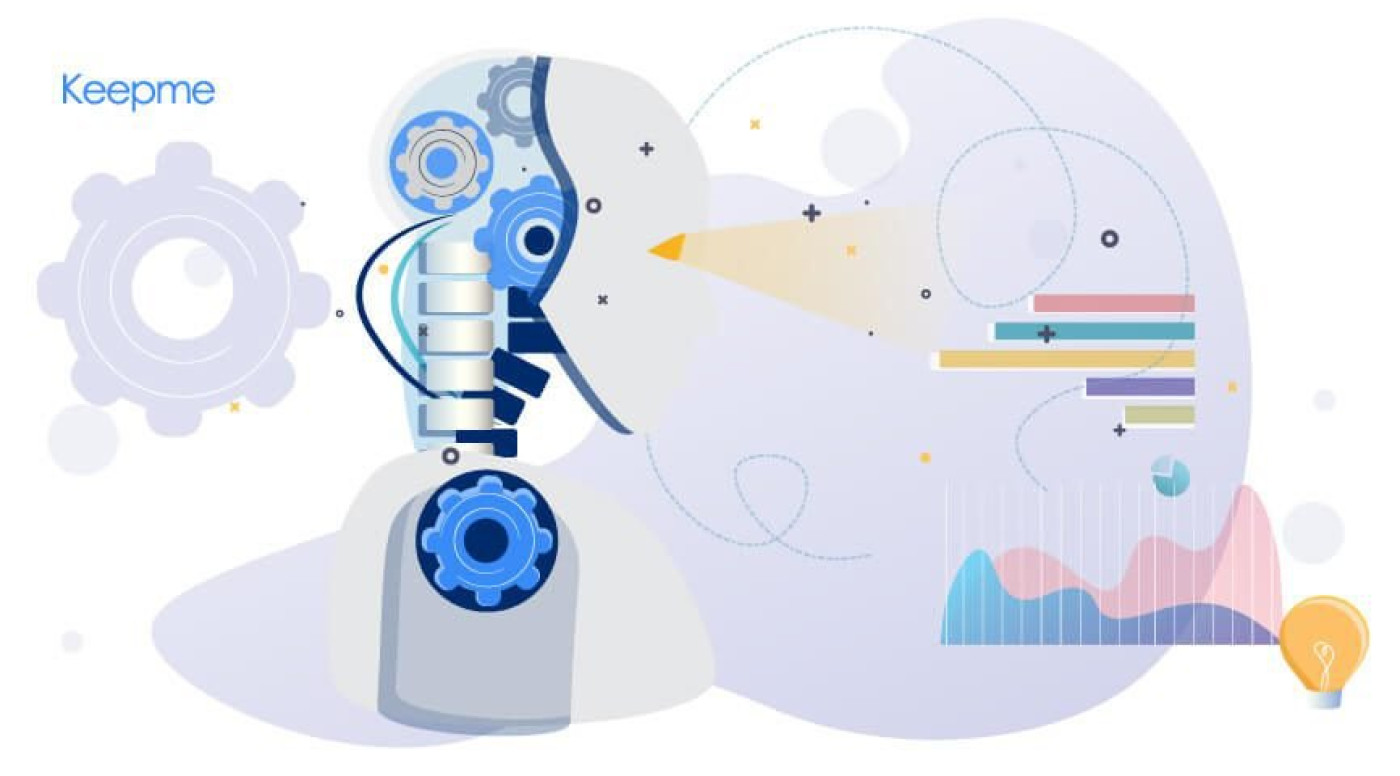Ten years ago, if you wanted to measure the retention risks of each of your gym members you would have to employ an entire team of data scientists and analysts. Well, you can now do it with one piece of AI membership retention software like KeepMe.
So, what is AI?
You probably already know that AI stands for Artificial Intelligence. But what is that exactly, and how does it work?
Let’s start with the second part first… “intelligence”. This refers to the ability to assess information and make informed decisions based on that assessment. It’s what we humans refer to as “thinking”.
For the longest time, mathematicians and scientists have thought hard about the idea that computers can make the kind of smart decisions people make… that’s the “artificial” part of the equation.
Artificial Intelligence was a big topic in the 1950s, but it’s only with relatively recent developments in computing, helped along by the development of the internet and cloud-based technology, that big strides have been made in developing AI and making it accessible to all. So much so that AI has become a bit of a catch-all buzzword that’s used so much that it loses all meaning.
So let’s break down the key components of AI, and how it can help with gym retention.
AI is data-based
There’s no AI without data. Lots of data. Technological advancements in data collection and handling, alongside growing expectations from consumers for personalised customer service, have put a ton of data at our fingertips. That’s one of the reasons it’s so puzzling when companies don’t make the most of the data by using AI software that’s even better at rapidly analyzing data than humans. And much cheaper too.
AI is goal focused
Humans are pretty good at generalised thinking, but AI needs to set predefined goals for it to work. It’s when you tell it to look for patterns in data and take action based on that AI is in its element. AI finds patterns in data and applies a bunch of criteria to solve problems set by the software designer.
AI never sleeps
AI is always working behind the scenes which makes it easy to gain an overview of your retention levels without missing key insights because of inconsistencies in data processing that can arise when you employ humans to crunch your data for you.
How does KeepMe use AI?
KeepMe takes individual gym member data and applies an algorithm to determine their retention level, generating a number called a “KeepMe score”. This shows if a member is likely to leave, could go either way or is especially loyal and viable to join a member referral scheme.
AI provides crucial insights into which members might leave in a timeframe for you to take effective steps to win those members back. This requires complex data crunching that AI is especially well-placed to solve. Then it’s up to your team to put those insights to work.
That said, working out who is at risk of leaving is only one part of what the KeepMe AI does.
You can also plug in a set of conditions that can trigger member outreach tasks such as sending emails, triggering a callback from a member of staff or several other actions.
How does the KeepMe AI process member data?
There are various types of AI, but KeepMe uses a subset of AI called “machine learning”, a term that is becoming increasingly popularised these days.
Put simply, machine learning is a computer program that can improve itself over time. This means the kind of predictions the KeepMe AI software become smarter as the system has exposure to member data over some time.
How are these AI insights presented?
KeepMe takes your member data, applies Machine Learning models to it, and assigns a retention score to each member, as well as an overall member retention score for each gym location.
You can then drill down into this data to get much more specific insights. For example, you can break down your member retention levels by factors such as age, gender, location, pricing plans and more.
This means you can then take actions that are appropriate for each member or group of members.
For example, if you discover that women have lower retention scores you can reach out to them about group activities that are women-friendly. If you are struggling to retain millennial gym members you can make sure you talk up the experiential aspects of your gym offering and encourage them to get involved with your gym community.
You can find out more about how KeepMe uses AI to help improve gym retention levels by booking a free tour of the software today. It will be tailored to your fitness facility so you can see exactly how it can help you build member retention strategies that will reduce acquisition costs and transform the retention health of your gym.
Discover Keepme in your custom demo
Book your FREE 15-minute demo and discover how Keepme can revolutionize your sales and membership processes.




